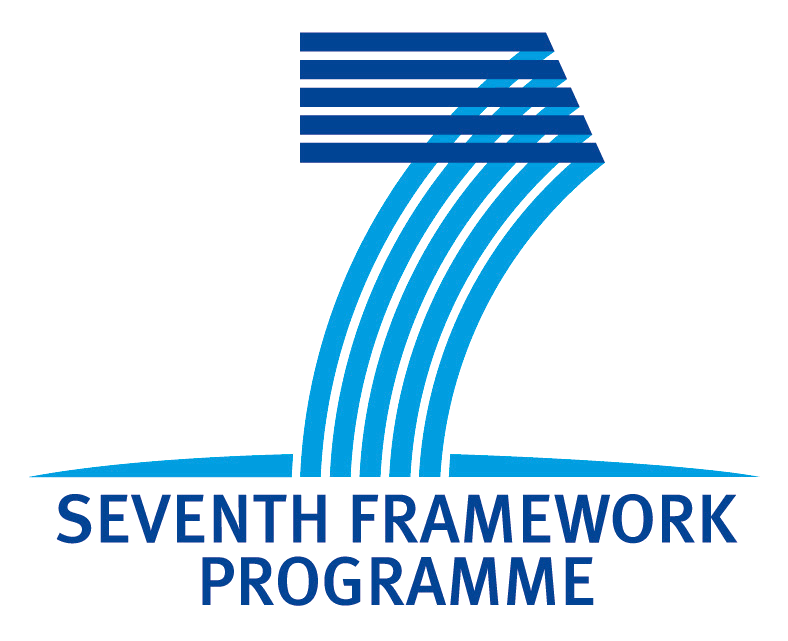3. Collecting user requirements
We have not been able to do much interviewing here because the patent user partner (WP7) is missing and the two others have not started their WPs yet. We have not got real end users in the use cases. In the mathematics case, the end users could be math teaching platform developers; in the patent case, patent office staff; in the museum case, museum workers. These are content professionals with more than average technical facility.
The use cases were scheduled as follows.
- WP6: case study Mathematics start month 7
- WP7: case study patents start month 4 (not started due to loss of patent partner)
- WP8: case study cultural heritage start month 13
This problem was implicit in the original timetable which expected WP9 to work on the use cases before the use case WP's started working. This was noted in the kickoff meeting and agreed that this task would be rescheduled as necessary.
Pending user input, we decided to derive requirements from MOLTO's promises and compare them to the tools resources. The promises made by MOLTO from DoW are summarised below.
[DoW 5]
The single most important S&T innovation of MOLTO will be a mature system for multilingual on-line translation, scalable to new languages and new application domains. The single most important tangible product of MOLTO is a software toolkit, available via the MOLTO website. The toolkit is a family of open-source software products:
- a grammar development tool, available as an IDE and an API, to enable the use as a plug-in to web browsers, translation tools, etc, for easy construction and improvement of translation systems and the integration of ontologies with grammars (WP2)
- a translator’s tool, available as an API and some interfaces in web browsers and translation tools (WP3)
- a grammar library for linguistic resources
- a grammar library for the domains of mathematics, patents, and cultural heritage
- Printer-friendly version
- Login to post comments
- Slides
What links here
No backlinks found.


